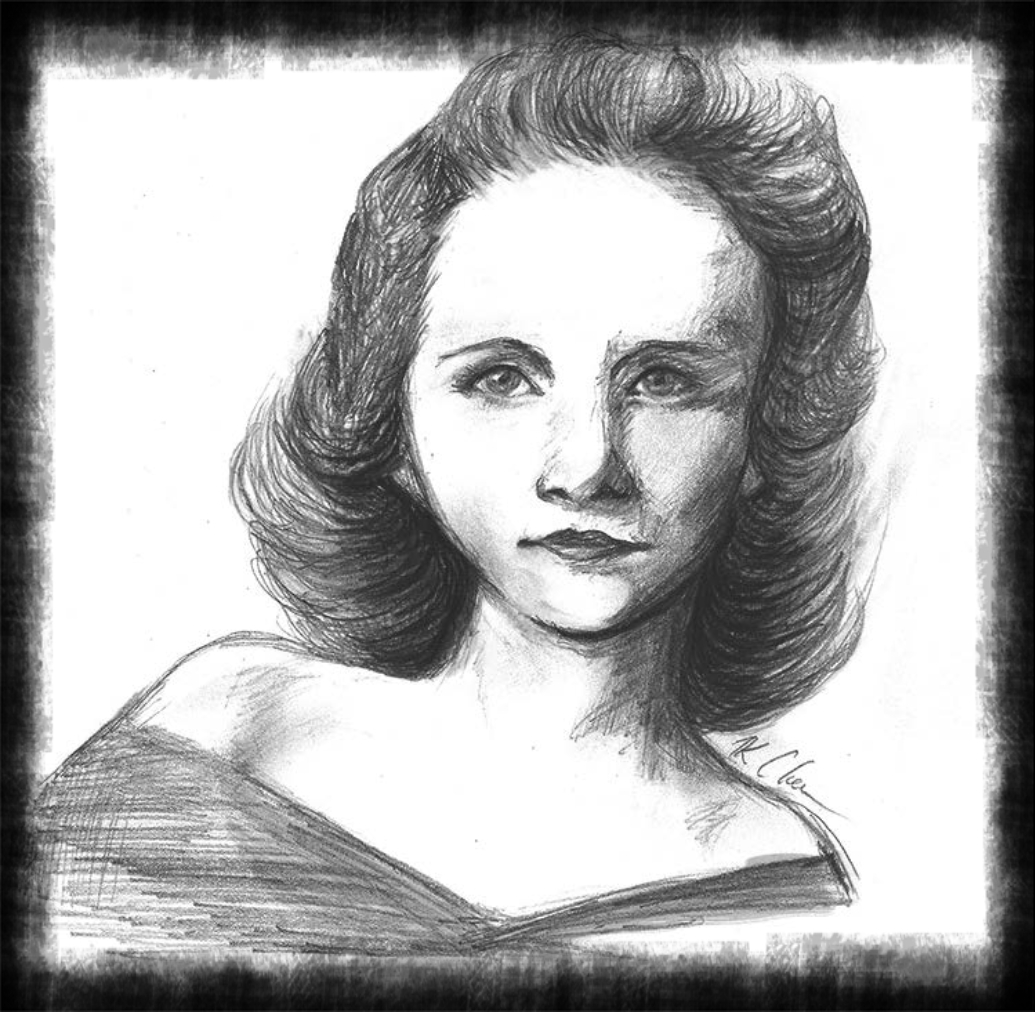By Kelli Green
On March 7th, 1965, several men, women and children in Selma, AL began their march to the state capitol in Montgomery. The black citizens of Selma had grown weary over the treatment they were receiving at the voting polls.
Just a month earlier, a 26-year-old deacon by the name of Jimmie Lee Jackson, who felt very passionately about the fight for voting rights, had been beaten and shot to death by police when he started on a peaceful night march in Selma with a group of fellow civil rights advocates. Tired of the violence and intimidation, this did not scare the citizens of Selma into submission–they marched on.
The marchers crossed the Edmund Pettus bridge and were confronted with an army of policemen. The police ordered them to turn around. but the marchers stood still. Within a few minutes the police armed with tear gas and nightsticks, some of them on horseback, attacked the crowd of peaceful protesters.

Viola Liuzzo watched the footage of the attack on her television with tears in her eyes. The 39-year-old wife and mother of five from Detroit and member of the National Association for the Advancement of Colored People
(NAACP), was hurt and outraged by the events in Selma. So, when Dr. Martin Luther King Jr. called for people around the country of every color and religion to come help the people of Selma, she knew she had to go.
Liuzzo headed to Alabama, saying that it was, “everybody’s fight.” When she arrived in Selma she contacted the Southern Christian Leadership Council, and she was given the task of greeting people and transporting people, along with aid and canned goods, back and forth in her personal car, which she volunteered the use of.
On March 25th, Liuzzo and more than twenty thousand people marched to the state’s capital. The makeup of the marchers was a victory in itself: men, women, children, priests, rabbis, even famous personalities like Harry Belafonte, Marlon Brando and Joan Baez marched side by side in hopes of achieving the same goal. They listened to Dr. King deliver his famous, “How Long, Not Long” speech. Though the bill wouldn’t be formally signed until later that year, the march was a success and Liuzzo called to tell her family it was done and she’d be coming home soon.
About 5 hours after the march, Viola and a young, black marcher by the name of Leroy Moton had been delivering marchers to airports, bus stations, and other destinations. When they stopped to fill up on gas, they were insulted with racial slurs. They got back on the road and headed to Selma. A car full of Ku Klux Klansmen, enraged by the sight of a white woman and a black man in a car together, chased them and ran the car off the road. According to Moton, they then pulled up next to the vehicle and opened fire, killing Liuzzo.
 Today there is a memorial on US Hwy 80 in Lowndes County, AL that marks where Liuzzo died. She is the only known white woman to be murdered in the civil rights movement. Unfortunately, a large number of people do not know who Liuzzo is and the courageous things she did in the name of equality. However her memory does live on for many people, and more and more are still discovering her story. Viola was portrayed in the 2014 award winning movie, Selma by Tara Ochs. There is also a 2004 documentary about her life and death called, Home of the Brave. Her family also runs a Facebook page dedicated to her memory titled, Viola Liuzzo Civil Rights Martyr.
Today there is a memorial on US Hwy 80 in Lowndes County, AL that marks where Liuzzo died. She is the only known white woman to be murdered in the civil rights movement. Unfortunately, a large number of people do not know who Liuzzo is and the courageous things she did in the name of equality. However her memory does live on for many people, and more and more are still discovering her story. Viola was portrayed in the 2014 award winning movie, Selma by Tara Ochs. There is also a 2004 documentary about her life and death called, Home of the Brave. Her family also runs a Facebook page dedicated to her memory titled, Viola Liuzzo Civil Rights Martyr.

